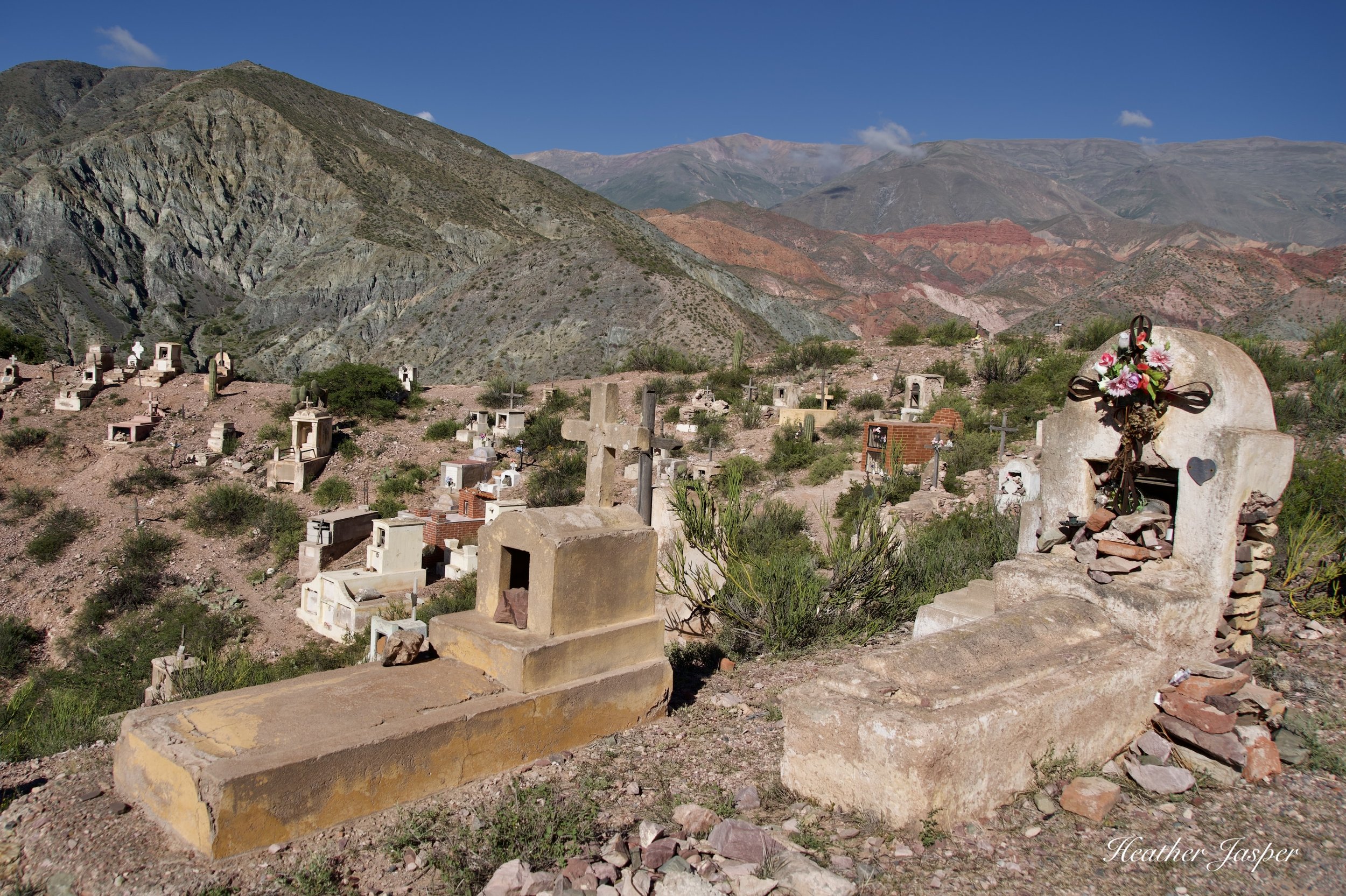Travel Tip 53
Why hire a local guide
Here’s my top three reasons to hire a local guide.
In Borneo, my guide took me to the market and showed me which fish his family uses for each of his favorite dishes.
1. Local guides have personal stories
“My ancestors brought our dead to these caves long ago, before Islam came to Malaysia. Our burial practices are very different now,” Jai told me. It was my first trip to Borneo, and my guide, Jai, took me to some caves called Agop Batu Tulug. About a dozen coffins, each made from a single log, were set on raised wooden platforms. At the time, the caves were hidden deep in the jungle, without any signs on the road indicating that there was anything to see and certainly not any signs about ancient burial chambers.
During that trip, I went to a village on the Kinanbatangan River, where a friend had served in Peace Corps in the 1970s. The villagers had created an eco-tourism cooperative called Kopel, which is even stronger now than when I was there in 2012. Jai grew up in the village. When he took me out on the river to look for orangutan and other wildlife, he told stories about every tree, every bend in the river. That tree was where he saw an orangutan building a nest the week before. The next bend in the river is where he first saw wild boar as a child.
It wasn’t just his connection to the ancient burial caves. Jai’s stories made the place come alive in a way that it never could with a guide from the city.
2. Local guides have access to local experts and professional development
Like any city that lives primarily on tourism, Cusco is full of experts on subjects that interest tourists. It’s not just Inca history. Guides in Cusco learn about archeology, geology, astronomy, botany and wildlife.
One of my favorite places in Cusco is a bookshop called Inkari. By day it’s a café with hot drinks, delicious chocolate cake and hundreds of books to peruse. By night it’s a cultural center with professional development for tour guides. Above are a few of the posters for lectures by local archeologists, historians, astronomers, biologists and many other experts. I’ve attended their lectures and also gone on their excursions to places like Inti Punku and the Valley Floor trail in the Machu Picchu Historic Sanctuary. The lectures and excursions are designed for tour guides, though they’ve always welcomed me with open arms.
In Tumbaya, Celestina introduced me to her children, her neighbors and even her relatives’ graves.
3. Local guides have family and friends in the area
In Tumbaya, Argentina, I stayed with Celestina, a local political activist and baker who dreams of opening her own tea shop. When I first arrived, she was having tea with her neighbors and invited me to join them for the quintessential Argentine tradition of drinking herbal mate together. Later, I met her children, who told me what it’s like to live in Tumbaya now. After teaching me how to use over a dozen medicinal herbs that she collects in the hills near Tumbaya, Celestina asked if I wanted to see the cemetery, which is also in the hills above town. It’s a beautiful walk and after paying her respects to her mother’s grave, and a few other family members, she took me to an ancient grave with no name.
“She’s like a saint,” Celestine explained. “People come pray at her grave, and she grants miracles.” The grave is so old that there’s no telling if it’s even a woman buried there, but that doesn’t seem to matter.
There’s no stronger connection to a place than growing up there and hearing stories from parents and grandparents who grew up there too. Most local guides grew up hearing local legends and myths about the places they live from older generations. Maybe a guide who learned a region’s history from books knows everything that you could learn from reading and visiting museums, but they don’t have the same personal connection to the stories, which I think is always more interesting.
Blogs
This week I’ve been working on the update for the Rough Guide to Argentina, so I don’t have a new article for you. Instead, here are three of my favorite Argentina blogs. I’ll post when my Rough Guide update is published so you can buy the most recent edition!
Of all the amazing things I’ve seen in Argentina, this was my favorite. In the Barrancas canyon there are pictographs that show llama caravans that have come from Bolivia to trade with the people of Argentina’s northern deserts for at least 2,000 years. People who live in the area today still decorate their llamas with yarn necklaces as Andean people have for centuries.
20 Free Things to do in Ushuaia
Ushuaia is either the end of your overland trip to the end of the earth, or the beginning of your trip to Antarctica. I met more people who arrived the day before their Antarctic cruise departed, but the people who had just driven their motorcycle from Brazil or the few who had ridden bikes from Alaska has much better stories. Whether you have a day or a week, these two blogs have you covered for what to do in Ushuaia.




















